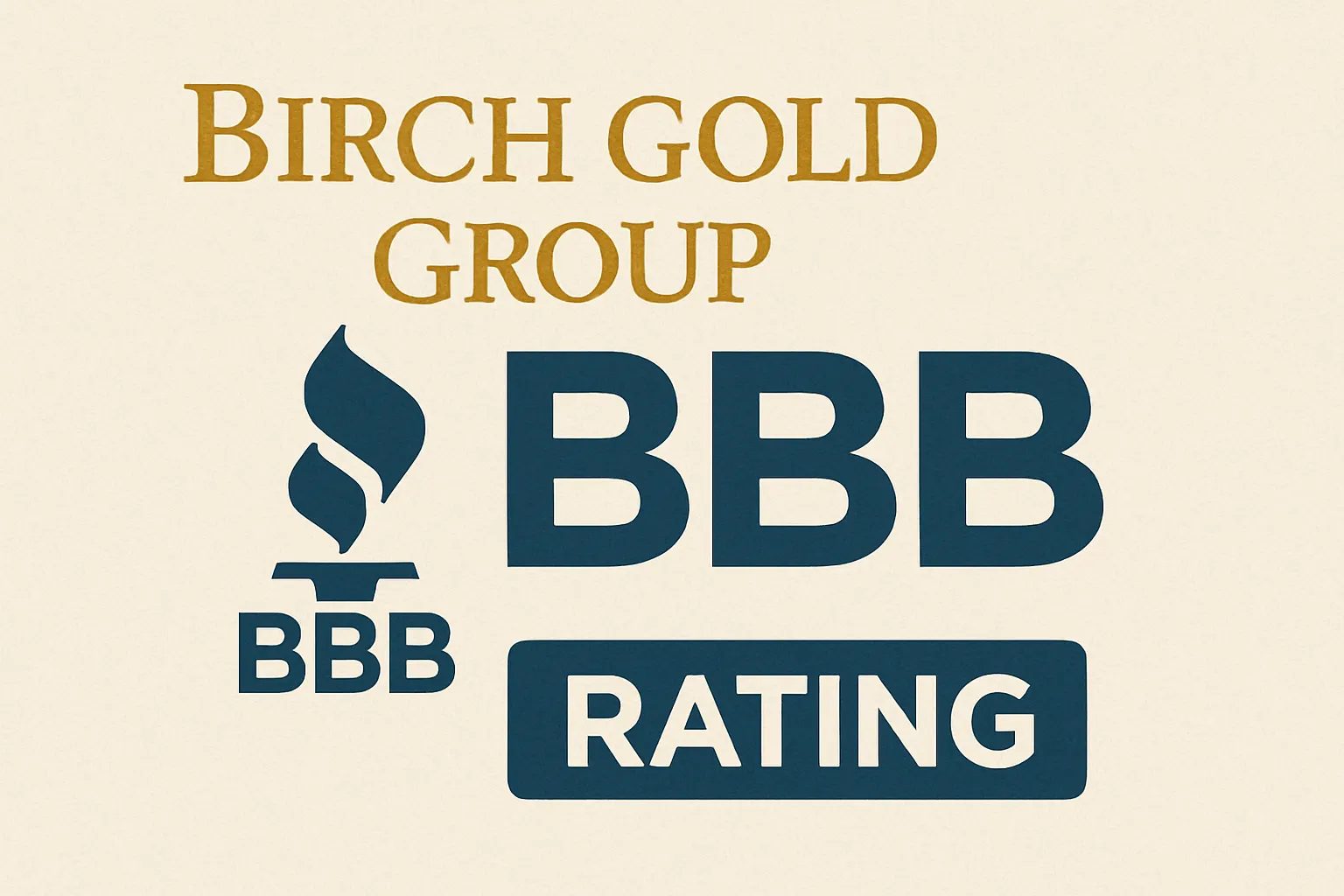Gold IRA National Debt Protection: Safeguarding Your Retirement Against Government Debt
The Looming National Debt Crisis
The US national debt continues to reach unprecedented levels, raising serious concerns about long-term economic stability. With debt-to-GDP ratios climbing to historic heights, many retirement investors are seeking protection against potential consequences like inflation, currency devaluation, and market volatility.
Gold Individual Retirement Accounts (IRAs) have emerged as a popular strategy for investors looking to hedge against these national debt concerns. These specialized retirement accounts allow you to hold physical precious metals as part of your tax-advantaged retirement strategy.
Understanding the National Debt Problem
The national debt impacts retirement portfolios through several mechanisms:
- Inflation risk: Governments may attempt to inflate away debt burdens
- Currency devaluation: Excessive debt can weaken the dollar's purchasing power
- Interest rate volatility: Debt management often involves interest rate manipulation
- Market instability: Debt crises can trigger stock market corrections
Historically, physical gold has maintained value during periods of economic instability, making Gold IRAs worth consideration for those concerned about national debt implications.
How Gold IRAs Work
A Gold IRA is a specialized type of self-directed individual retirement account that allows individuals to hold physical gold, along with other precious metals such as silver, platinum, and palladium, as part of their retirement savings. Unlike conventional IRAs, which typically hold paper assets like stocks, bonds, and mutual funds, a gold IRA is unique in its focus on tangible precious metals.
Types of Gold IRAs
Similar to conventional retirement accounts, gold IRAs are available in different types, each with its own set of rules and tax implications:
- Traditional Gold IRA: Funded with pre-tax dollars, potentially offering an immediate tax deduction. The money grows tax-deferred until withdrawal in retirement, when it's taxed as ordinary income.
- Roth Gold IRA: Contributions are made with after-tax dollars, so there's no upfront tax deduction. However, qualified withdrawals in retirement are entirely tax-free.
- SEP (Simplified Employee Pension) Gold IRA: Designed for small business owners and self-employed individuals. Contributions are typically tax-deductible for the employer, with assets growing tax-deferred.
Key Requirements
For your Gold IRA to comply with IRS regulations:
- The account must be managed by a custodian, typically a bank or brokerage firm specializing in self-directed IRAs
- Physical gold and other precious metals must be stored securely in an IRS-approved depository
- Investors cannot take direct physical possession of these assets while they remain within the tax-advantaged IRA structure
Gold IRAs as Protection Against National Debt
Gold has several properties that make it valuable for protecting against national debt consequences:
Historical Performance During Economic Crises
During past debt crises and periods of economic uncertainty, gold has often maintained or increased its value while paper assets declined. For example, during the 2008 financial crisis, gold prices rose significantly while stock markets plummeted.
Diversification Benefits
Adding gold to a retirement portfolio provides diversification because gold typically has low correlation with stocks and bonds. This means when traditional assets struggle, gold may perform differently, potentially stabilizing your overall portfolio.




